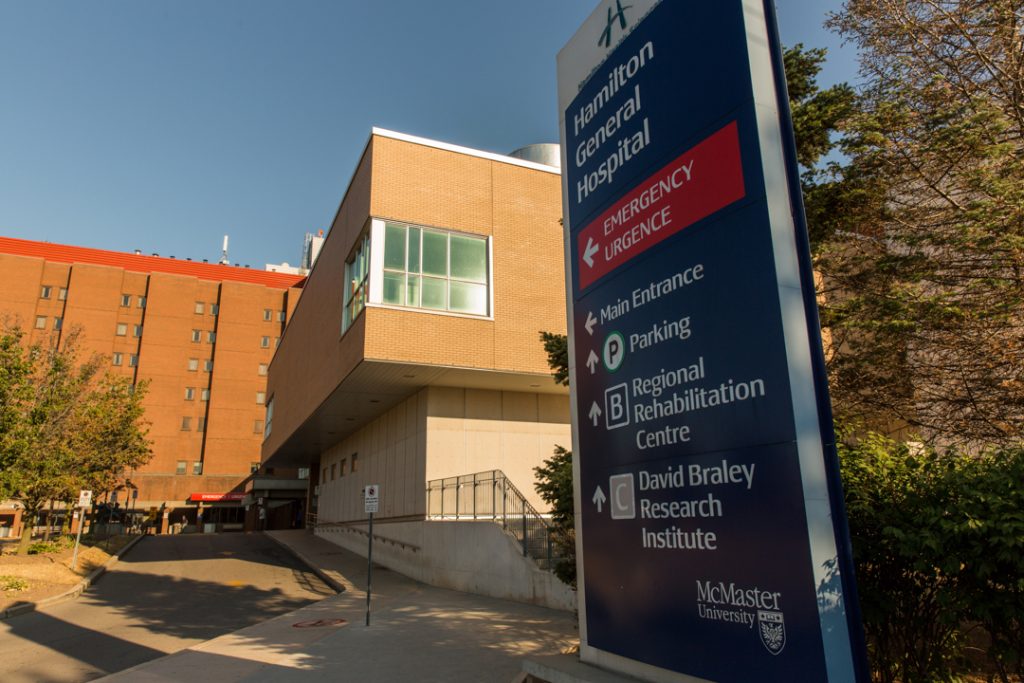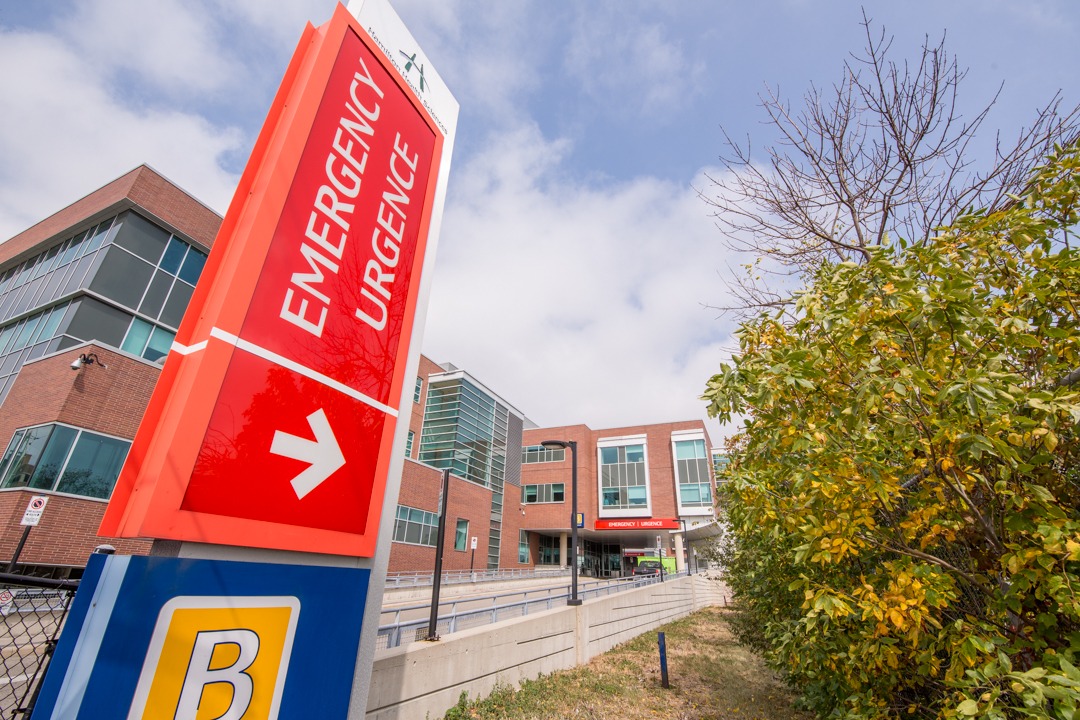
Top 5 causes of emergency department wait times

Dr. Khalid Azzam
By Dr. Khalid Azzam, Physician-in-Chief, Hamilton Health Sciences
Why am I waiting so long?
If you’re listening to the radio, reading the news or watching it on television, chances are you’ve seen multiple stories about unprecedented pressures on hospital emergency departments (EDs) across Ontario, including at Hamilton Health Sciences (HHS). If you’ve visited one of our EDs for emergency care, or brought in a loved one, you’ve very possibly experienced those pressures first-hand.
Hamilton Health Sciences hospitals are under extreme pressure for a number of reasons, creating longer wait times and delays to care. Here’s a list of what’s causing these waits and delays, and how our teams are working hard to ensure every patient receives the care they need.
1. We need more staff and doctors
There are record-high staffing pressures across Ontario and Canada, including at HHS, affecting all areas of hospital operations including our EDs. These staffing pressures existed before COVID-19, but were made worse by the pandemic and persist across our health-care system.
We’re continuing to aggressively recruit for many positions hospital-wide including nurses, medical radiation technologists, perfusionists, respiratory therapists and many others. Some of these roles are highly specialized and the pool of skilled individuals is relatively small, resulting in competition across the health sector.
2. We have an extremely high number of patients
At the same time as we’re experiencing staffing pressures, our hospital sites are over capacity. There are more patients who need beds and care than we have resources for.
The accepted standard for hospital capacity is 85 per cent, yet there are many days where we are operating at 100 per cent or more. We simply have no more slack in the system. The downstream effect of this on emergency patients who need to be admitted is that they may have to wait in the ED for a while until a bed opens up elsewhere in the hospital.
Meanwhile, our EDs are often full beyond capacity, which is why some patients are cared for in unconventional spaces like hallways while they wait for a bed to open up. But even in these less-than-ideal situations, our emergency teams are doing the best they can to meet the needs of all patients.
3. We can’t admit patients because we can’t discharge patients
Our health-care system has been chronically congested. Gridlock is a term used by hospitals when inpatient beds are full, leaving no room for patients in the ED to be moved into a bed on a hospital unit.
For example, we have a record number of patients who no longer need hospital-level care but are waiting to move to a community setting, such as a long-term care home. Since long-term care beds are also scarce, these patients remain in a holding pattern in hospital. Currently, the number of patients waiting in hospital for alternate care in the community is at an historic high.
4. We are a regional centre for trauma, children’s care, stroke and more
Our EDs remain extremely busy, and we also care for some of the sickest patients across the region. For example, HHS is a regional centre for cardiac, stroke and trauma care. These heart attack, stroke and seriously injured trauma patients receive care first, meaning that people with less serious conditions may face longer wait times.
All patients are triaged when they arrive at an ED, so the most seriously ill patients are treated first. This is done using the Canadian Triage and Acuity Scale – a tool used nationally and internationally by EDs to prioritize which patients are most in need of care.
Whether you arrive by ambulance or on your own, your care is measured on the same scale. Your wait time depends on how serious your illness or injury is compared to others who are also waiting.
5. Fall means more sickness
While the summer is known as trauma season, the fall and winter are usually our busiest time for viral illnesses. This includes the flu, RSV, and now, also, COVID. Most patients don’t need to come the ED because of these viruses, but for people who have another illness that weakens their immune system, these viruses can be very dangerous and they may need urgent or emergency care.
Please get your flu shot and COVID vaccine to help reduce the spread of these viruses.
There are also people who come to the ED because their surgery was delayed or they didn’t get other health care they needed because of the pandemic, so now their original condition is worse. We are seeing more people who are sicker when they arrive at the hospital for care.
Know before you go
Despite these very real pressures, it’s still vitally important for anyone needing emergency care to go to the ED. Depending on your health-care issue, you may have to wait, but this is because our most critically ill or injured patients are more in need. We ask for your patience and understanding as we work to resolve these wait-time issues with our government and community partners.
Please also note that other options are available for people not experiencing a medical emergency. You can visit your family doctor for health concerns that can wait a day or more; contact Health Connect Ontario to speak with a registered nurse 24/7 via phone or web chat; or visit an urgent care centre for health concerns that aren’t life-threatening but can’t wait for a doctor’s appointment. Go to needadoc.ca to learn more.



